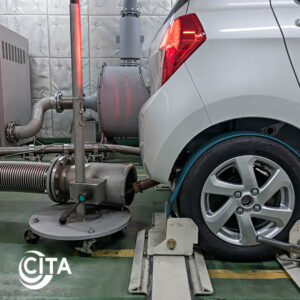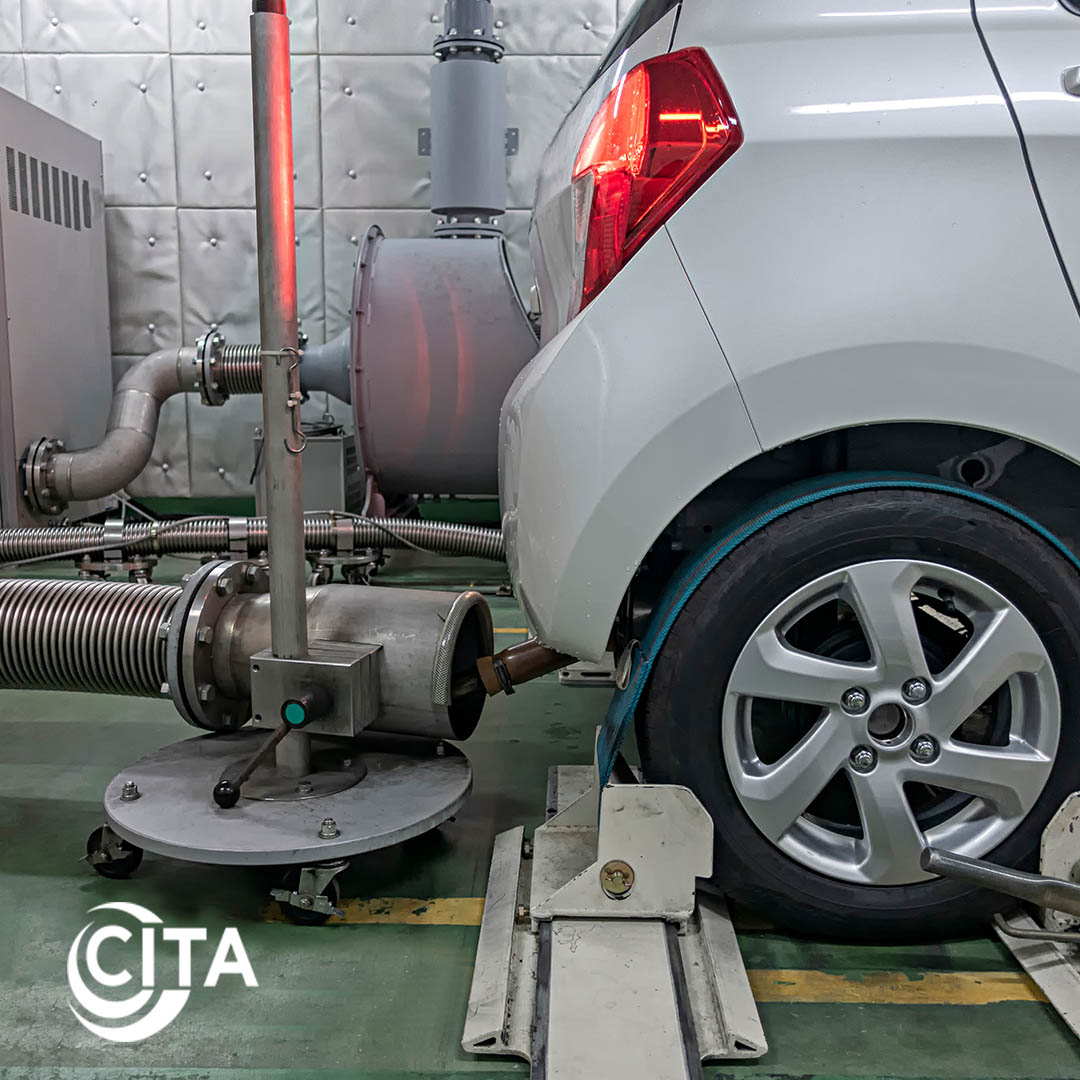CITA’s view on EU VII
 CITA welcomes the introduction of Euro 7/VII to further reduce emissions from road transport, making another important contribution to improving the environment. In particular, the expansion of the relevant real-world driving situations, the limitation of other, previously unrestricted pollutants, as well as the inclusion of non-exhaust emissions and specifications for the durability of traction batteries are very welcome.
CITA welcomes the introduction of Euro 7/VII to further reduce emissions from road transport, making another important contribution to improving the environment. In particular, the expansion of the relevant real-world driving situations, the limitation of other, previously unrestricted pollutants, as well as the inclusion of non-exhaust emissions and specifications for the durability of traction batteries are very welcome.
For the first time, the PTI is identified and considered in the type approval regulations as an important measure to ensure the emission level over the lifetime of vehicles on the road. Similar to other measures for lifetime compliance, such as the specifications for the in-service conformity tests (ISC), the interests for a later PTI in the type approval regulations must be given even greater consideration.
In fact, the PTI helps to ensure compliance as a modern and effective tool, is also neutral and therefore allows independent control of the emission values for each individual vehicle.
Periodic emissions testing helps to reduce air pollution by more effectively identifying vehicles that cause excessive emissions due to either technical defects, mal-maintenance, lack of repairs or tampering through regular roadworthiness tests and roadside inspections. In the forthcoming revision of the PTI directive, the new vehicle technology developments must now be given greater consideration.
Furthermore, it is important to harmonize requirements for certification, type approval and regular inspection to ensure a holistic test of applicable emission limit values over the entire life cycle. CITA therefore proposes to include the respective PTI method according to 2014/45/EU (Annex 1, No. 8.2 Exhaust Emissions) as a fixed component and test point in the type approval test. This would create a close link between type approval and the subsequent PTI and ensure that the vehicles are easily able to carry out the specified PTI procedure and comply with the limit values.
We support the limitation of any emissions harmful to health and the climate from road traffic. We therefore support the planned introduction of limit values for the previously unrestricted pollutants nitrous oxide (N2O), methane (CH4), ammonia (NH3) and formaldehyde (HCHO) due to the high climate impact of the compounds and the harmfulness to the human organism and the environment.
The expansion of on-board diagnostics (OBD) into continuous on-board monitoring (OBM) considers the complexity of modern combustion engines and the downstream after treatment systems and therefore is generally welcomed by CITA. The use of this system for PTI and for roadside inspections represents an easy and efficient method and is an important contribution to digitization in the field of vehicle inspection.
From our experience, however, no robust, fail-safe and, above all holistic emission monitoring is possible with the self-diagnosis of single systems that is available today.
The OBM system includes measurements and measured values. These can have consequences for consumers/vehicle owners. Therefore, it is imperative that the results and readings are trustworthy. Unjustified repairs are to be avoided. Regular and independent third-party testing (PTI) would ensure both the reliability of the results out of the OBM system and the control of emission stability over the entire service life of the vehicles. This is ensured by a tailpipe measurement as part of the PTI with specified, certified, and periodically verified emission measuring devices and the comparison with the OBM data. A prerequisite is secure and standardized access to the OBD and OBM system.
Unanswered questions about data security and data sovereignty must be clarified in a timely manner. At least the following parameters should be secured via the OBD interface and available under all conditions: NOx (before and after aftertreatment systems), NH3 (future), PN/PM (future), exhaust gas temperatures (to determine readiness), geofencing data.
By using OBM, we also recommend the specific active evaluation of deNOx exhaust aftertreatment systems. This can be done using sensors and information already available in vehicles today through the NOx/CO2 ratio. This “QNOx” methodology was presented to the EU Commission in 2021. It is robust enough to avoid false error messages.
We recommend expanding or using the OBD interface or a comparable interface for data-related and road safety-related vehicle systems. In this way, systems such as driver assistance systems and automated driving functions could be checked just as efficiently in the short term.
To achieve the European air quality objectives, an early introduction of Euro 7 / VII is essential. The European Commission proposes to introduce Euro 7/VII from 1 July 2025, for M1, N1 vehicles as well as components and separate technical units for these vehicles. For M2, M3, N2, N3 vehicles as well as components and separate technical units for these vehicles and for O3, O4 trailers, Euro 7/VII must be applied from 1 July 2027.
These deadlines make sense since Europe aims for a target of zero emissions and new CO2-free motor vehicles from 1 January 2035. However, these application dates are ambitious considering that the technical details have yet to be defined in implementing regulations, and timing for development and implementation should be considered.

